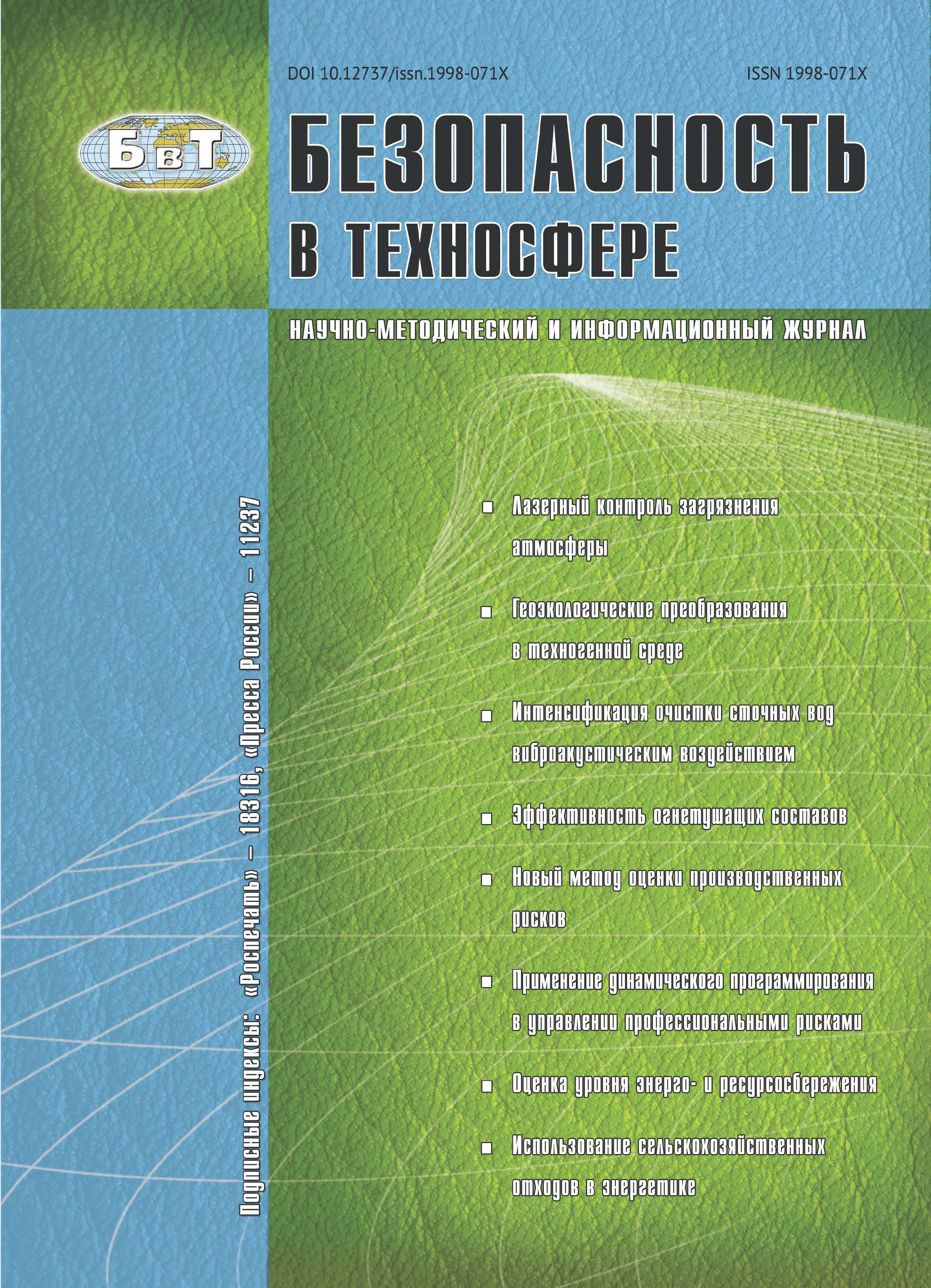Россия
Зеленая химия — вклад химиков в устойчивое развитие, что связано с фундаментальной ролью химии в развитии, охватывающей почти все формы промышленности и почти все продукты, используемые в повседневной жизни. Концепция «развития» влечет за собой множество компонентов, связанных с различными дисциплинами. Обеспечение устойчивого развития требует пристального внимания ко всем аспектам каждого компонента. Зеленая химия взаимодействует со всеми областями химии: органическая химия, поскольку большинство веществ, используемых в химической промышленности, являются органическими; химической инженерии, из-за необходимости разработки новых производственных процессов; вычислительная химия, поскольку ее роль в разработке новых веществ с желаемыми свойствами уместна для разработки новых экологически безопасных веществ; и многие другие. Этот междисциплинарный характер должен быть отражен в образовании для устойчивого развития и в образовании для зеленой химии на всех уровнях обучения, чтобы учащиеся могли выработать всеобъемлющее и реалистичное видение. В статье подчеркивается важность таких междисциплинарных перспектив и рассматривается ряд иллюстративных примеров.
химическое образование, общественная пропаганда, образование в интересах устойчивого развития, экологическое образование, междисциплинарность.
1. Introduction
Green chemistry [1–3] is the chemists’ contribution to sustainable development. It is a contribution based on chemical knowledge. Its fundamental role derives from the fundamental role of chemistry for development in general, as chemistry embraces nearly all the forms of industry and nearly all the products used in everyday life. The ‘development’ concept is a complex concept, entailing a myriad of features and components. Although many people have an intuitive perception of what it means (or what they mean by this term), it is not easy to define parameters to evaluate, understand or perceive its level and extent in a given context or at a given stage. Development has an inherent process-character, as it involves changes. There is development if things (care for human needs, availability of goods and services, social aspects etc.) change in a direction that can be considered towards improvement (change for the better). Because of the variety of aspects it entails, development requires the contribution of many disciplines. Development is ‘sustainable’ if it does not jeopardise the quality of life of the future generations, and their possibility of further development, while it takes care of
the needs of the current generation [4]. The sustainability concept was born from the growing awareness that development as it had been conceived and pursued in the earlier stages of the industrial revolution, and up to few decades ago, was creating effects that would jeopardise the wellbeing of the future generations — and, in several instances, also of the current one — through environmental pollution, and would jeopardise future possibilities of further development through resources depletion. For many decades, industrial production and development pattern followed behaviours that would have been justifiable only if the Earth planet were an infinite reservoir capable of incorporating any amount of any substance released into it, or any type of anthropogenic changes (e. g., deforestation) without experiencing significant changes. In reality, the planet is limited and even the enormous masses of the oceans, or the enormous gas system of the atmosphere, cannot behave as unlimited reservoirs. Although some scientists had realised the risks of the earlier development patterns since the late decades of the XIX century, the awareness of the problems stemming from them started growing only in the last decades of the XX century, when undeniable worrying phenomena became objects of intensive research and the information about their existence and impact entered public knowledge.
1. Anastas P. T., T. Williamson (Eds), Green Chemistry. American Chemical Society, Washington, 1996.
2. Anastas P. T., Warner J. C. Green Chemistry: Theory and Practice. Oxford University Press, New York, 1998.
3. Tundo P., AnastasP. Green Chemistry, Challenging Perspectives. Oxford University Press, Oxford, 2000.
4. WORLD Commission on Environment and Development (WCED), (1987). Our Common Future. Oxford University Press, Oxford.
5. Mammino L. A great challenge of green chemistry education: the interface between provision of information and behaviour patterns. In V. Gomes Zuin and L. Mammino (Eds), Worldwide Trends in Green Chemistry Education, pp. 1-15. Royal Society of Chemistry, 2015.
6. Mammino L. The challenges of green chemistry education. In P. Tundo, L. Mammino (Eds.), Green Chemistry in Africa, pp. 108-208. IUPAC & INCA, Venice, 2002.
7. Patti A. F., Scott J. F. Impressions young people have of chemistry - a role for green chemistry? IUPAC Workshop on Green Chemistry Education, Venice 12-14 Sept. 2001, Collection of Abstracts.
8. Mammino L. Green chemistry as a central area for interfaces between the humanities and sciences. Ometeca, XIV-XV, 164-190, 2010.
9. Gaie J. B. R. The moral basis of green chemistry. In P. Tundo, L. Mammino (Eds.), Green Chemistry in Africa, pp. 16-30. IUPAC & INCA, Venice, 2002.
10. Anastas P. T., Levy I. J., Parent K. E. (Eds.), Green Chemistry Education: Changing the Course of Chemistry. Oxford University Press, USA, 2009.
11. Arnold F. H. Combinatorial and computational challenges for biocatalyst design. Nature 409, 253-257, 2001.
12. Austin N. D., Sahinidis N. V., Trahan D. W. Computer-aided molecular design: An introduction and review of tools, applications, and solution techniques. Chem. Eng. Res. Design 116, 2-26, 2016.
13. Struebing H., Ganase Z., Karamertzanis P. G., Siougkrou E., Haycock P., Piccione P. M. et al. Computer-aided molecular design of solvents for accelerated reaction kinetics. Nat. Chem. 5, 952-957, 2013.
14. Ng L. Y., Chong F. K., Chemmangattuvalappil N. G., Challenges and opportunities in computer-aided molecular design. Comput. Chem. Eng. 81, 115-129, 2015.
15. Deva A., Chemmangattuvalappilb N. G., Edena M. R. Multiobjective computer-aided molecular design of reactants and products. In Z. Kravanja, M. Bogataj (Eds), Proceedings of the 26th European Symposium on Computer Aided Process Engineering - ESCAPE26, June 12th -15th, 2016, Portorož, Slovenia, pp. 2055-2060. Elsevier B. V., 2016.
16. Mammino L. Terminology in Science and Technology - an overview through history and options. Ditlou Publishers, Thohoyandou (South Africa), 2006.
17. Gani R., Ng K. M. Product design - Molecules, devices, functional products, and formulated products, Comput. Chem. Eng. 81, 70-79, 2015.






